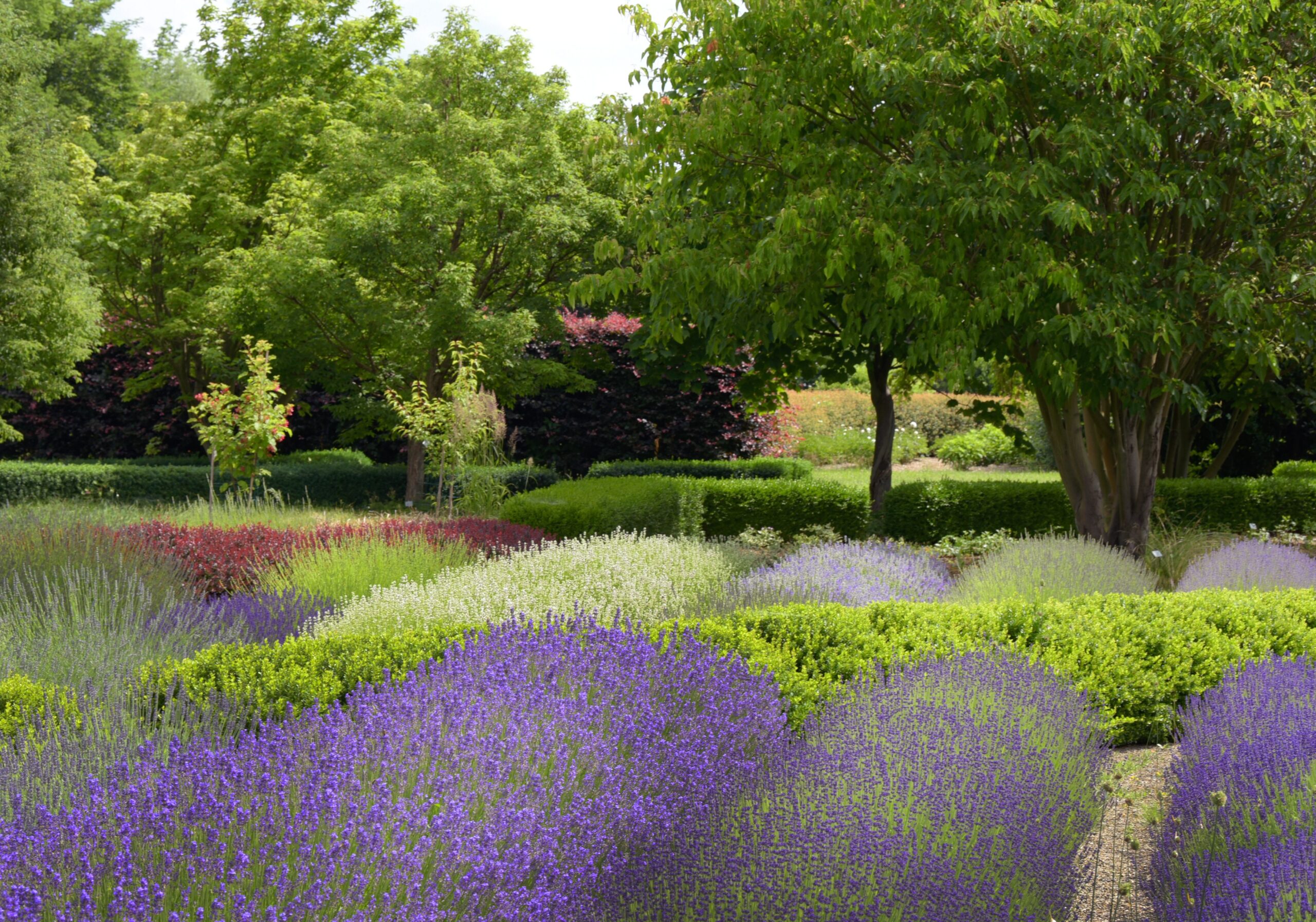The miraculous plant is probably still around today despite being eaten to extinction 2000 years ago
Despite being eaten to extinction 2000 years ago, the miraculous plant is probably still around todayA recent study suggested that a Mediterranean medicinal plant thought to be a panacea that inexplicably disappeared 2,000 years ago may still exist.
Silphion was one of the most sought-after goods in the Mediterranean region
According to a report by national geographic, the golden-flowered shrub known as silphion was one of the most sought-after goods in the Mediterranean region from before Athens’s foundation until the Roman Empire’s height. Ancient Greek doctors revered Silphion as a universal remedy from stomach aches to wart eradication.
It was a culinary must for Roman chefs, essential for finishing a lavish meal of scalded flamingo or adding flavor to a regular pot of lentils. More than a thousand pounds of the plant were kept in Rome’s imperial treasuries alongside gold during the rule of Julius Caesar, and silphion saplings were worth the same as silver.
The modern species Ferula drudeana matched the description of the prehistoric plant
In three locations in Anatolia (present-day Turkey), a researcher from Istanbul University discovered a plant species in 2021 that resembled the extinct plant silphion.
Mahmut Miski, the report’s author, said that the modern species Ferula drudeana matched the description of the prehistoric plant with yellow blooms.
Miski told National Geographic that it is “a good candidate for being the long-lost plant of the Greeks and Romans.”
Many researchers thought the plant may have become extinct due to overharvesting.
However, a study that appeared in Frontiers in Conservation Science this year raises the possibility that human-caused environmental changes may have been at play.
Silphium vanished as a result of widespread deforestation and desertification in Cyrenaica
It’s possible that Silphium vanished as a result of widespread deforestation and desertification in Cyrenaica (modern-day eastern Libya).
The report suggests that for these plants’ seeds to germinate, cold and moist conditions may be required.
This is because, according to the study, silphion-related plants like Ferula drudeana and Ferula asafoetida also require comparable environmental conditions for seeds to germinate.
According to the Heritage research that was published in the journal Heritage, an increase in temperature may have caused more evaporation, which would have created unfavorable conditions.
The researchers came to the conclusion that there is evidence of a link between Ferula drudeana and the silphion plant based on similarities in their physical traits.
Miski claimed to have discovered Ferula drudeana in three areas that were historically Greek villages in a 2021 research that was published in the journal Plants.
He noted in his report, “These sites were stumbled upon with the aid of local villagers, and these plant populations exist in guarded enclaves such as stone-walled orchards.”
The silphion images on coins imply that the leaves were arranged in opposition to one another. With the exception of Ferula drudeana, the other Ferula species hardly ever exhibit this.
Further investigation revealed the presence of chemicals in Ferula drudeana that have anti-inflammatory, anti-microbial, and antioxidant activities.
This lends credence to the assumption that the medicinal capabilities of the plant are congruent with the silphion’s historical records.
The researchers came to the conclusion that there is evidence of a link between Ferula drudeana and the silphion plant based on similarities in their physical traits.
Silphion is used medicinally by both, and similarities between their methods “clearly suggest that Ferula drudeana, presumably, is the silphion plant,” it continued.
There is still some hope about this Miraculous Plant
The lack of a specimen of the silphion plant, however, has prevented the researchers from being able to validate this connection.
Researchers are unable to come to a definitive conclusion without a DNA match. Still, there is some optimism. The discovery of the ancient plant’s remains, according to Lisa Briggs, a post-doctoral researcher at the British Museum and National Geographic Explorer, could help solve the enigma.
